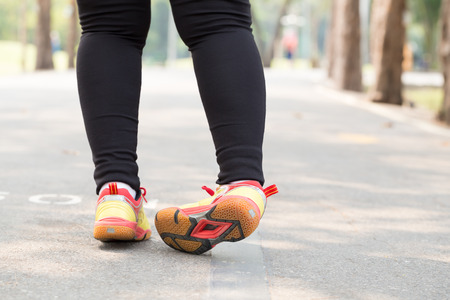Note that your final mark will not be saved in the system.
*1.2.c. Injury prevention and rehabilitation GapFill
You must fill all the gaps before clicking ‘Check Answers!’

Injuries have a detrimental effect in sport. In individual sports, an injury setback cannot be overcome as it can in team sports, but even then, an injury to a single player could be the difference between winning and losing, defining the outcome of an entire season.
Injuries fall into two categories:
- Acute - resulting from sudden stress to the body
- Chronic - resulting from continuous stress on the body
Below are some of the most common types of acute injury:
Hard tissue:- Fractures - Defined as a break in a bone. A fracture results in a clean break in the bone which does not break the skin, whereas a or open fracture is the same but breaks the skin. They are most commonly caused by impacts such as a high tackle in football.
- – The displacement of articulating bones at a joint. Often occurs during awkward landings, especially at the shoulder joint, where the instinct of using the arms to ease the body to the ground dislodges the humerus from the ball-and-socket joint
- - Occurs as a result of sudden, forceful movements that overstretch or rupture ligaments that attach bone to bone, such as uncontrolled eversion of the ankle when jogging under fatigue.
- - This can also occur during movements that are forceful or overstretched, but occurs to the muscle and tendons that lever the joint, such as rapid extension of the knee and subsequent injury to the hamstrings when sprinting.
- – Involves damage to the tough, flexible tissue that covers the joint’s surface to prevent bone-to-bone friction. Causes include the sudden twisting of the joint due to rapid changes in direction, such as agility movements in basketball.
Hard tissue:
fracture – A small crack in the bone from overuse, most commonly occurring in weight-bearing bones that are under a greater amount of pressure. These often occur in the tibia and metacarpals from high volumes of running, where repetitive impacts between the foot and ground occur.
Soft-tissue:
- Pain and inflammation in the tendon as a result of overuse. Common examples of this are tennis and golfer's elbow, as a result of repetitive swinging actions.